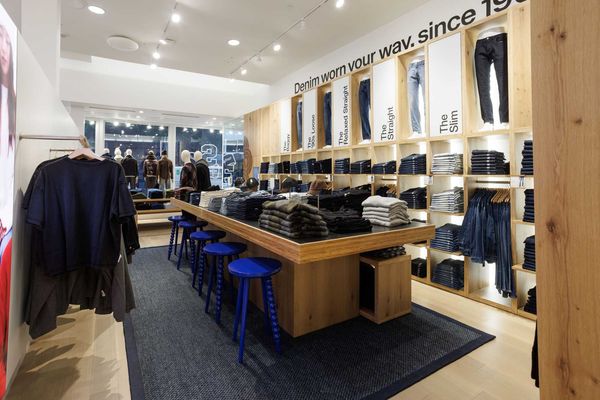Welcome to "Transported," our new weekly series about getting places in San Francisco, whether you take the bus or the BART, bike or drive. Come here to find the skinny on secret parking spots, the new bike lanes and how to get across town on MUNI without losing your mind.
The Clipper Cards are coming and there's nothing you can do about it. Get ready to trash your Muni Passes in favor of the new blue, plastic, computer chip-embedded cards, because by April next year the SFMTA is making sure everyone not paying cash on Bay Area public transit has one in hand. Know the basics of the Clipper Cards before confusion gets the better of you.
1. Who it's going to affect: Anyone who rides Muni, BART, AC Transit, Golden Gate Ferry, Caltrain, SamTrans and the Santa Clara Valley Transportation Authority. According to the Chronicle, during the first week of August, Clipper Card use surged 11%---but that's miniscule compared to what will come. On November 1st, people who use "A" Muni Fast Passes (which can be used on Muni and BART within city limits) must get Clipper Cards. By February of next year, seniors and students must make the Clipper transition. Finally, on April 1st, 2011, Muni-only Fast Pass users are required to switch over.
2. How much they'll cost & where to get them: Good news! For now, all Clipper Cards will be free to make the transition easier. After that, they'll be $5, and you can buy them at Walgreens, Bay Crossing stations, SFMTA customer service counters, various retailers and on clippercard.com. Click here to see the full list of retailers around the Bay Area.
3. How to reload them: The most painless way to reload your Clipper Card will be online at clippercard.com, where you can register and reload it by linking it to your credit or debit card. For those who are squeamish about putting financial info online, there will be vending machines and "add value" machines in Muni and BART stations, as well as the opportunity to call a Clipper Card hotline and speak to a human being, who will add the value for you.
4. Why they're better: First of all, they're hard to lose. You won't be searching for your paper transfer and getting it confused with trash in the bottom of your purses or pockets. They also can't get de-magnetized by phones or credit cards because of their embedded computer chip. The card keeps track of prior trips, so fare inspectors will know you paid and when you need to transfer, the Clipper system automatically knows that you already paid and won't charge you again. To avoid running out of money on your card, you can set up Autoload. If your card is lost or stolen, they'll block it from further use and you can restore its balance if you report it by mail or phone.
5. Additional stuff to know:
--The SFMTA is installing new and improved scanning machines on Muni platforms and subway stations, so you won't have to scan and rescan your card for it to register.
--Be sure to hold your card flat against the scanner.
--Monthly passes aren't going away, they will just be loaded onto your Clipper Card. It will still include the three-day grace period.
--For more information about transferring your employer transportation benefits program to a new Clipper Card, go to clippercard.com's helpful tip sheet. It's different at all companies, so talk to your human resources department for how Clipper Cards affect your program. If you're an employer, you can apply for Clipper Direct.
Get even more info here and here.



















